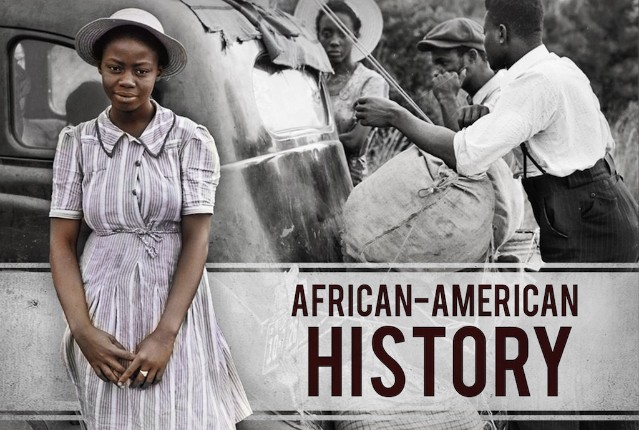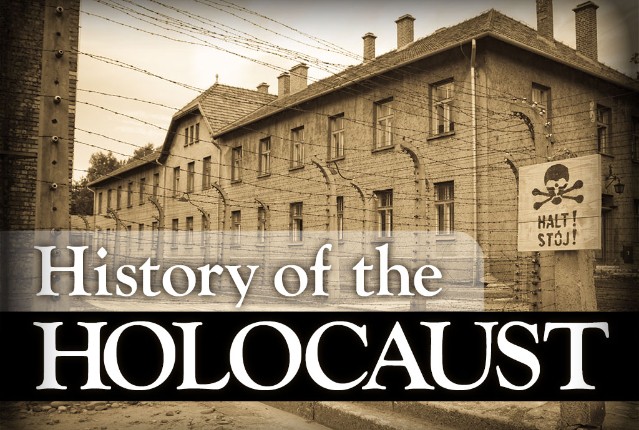The presence of slaves in the British colonies, which later became the United States of America, began with the first settlement and continued through the Civil War. But the character of slavery continued to change and develop as the colonies became stronger and worked toward independence. The events that shaped America and its beginnings also changed slavery, demonstrating the vast differences between the North, the Chesapeake and Upper South, and the Deep South. As the colonies struggled for independence from the British, slaves and their anti-slavery allies agitated for freedom, using the same principles that motivated the Patriots to strike against their British oppressors. Though many were successful in obtaining their freedom from slavery, the efforts toward independence—both as a nation and for slaves—became stronger in the Deep South and nearly obsolete in the North. That divide reflects a deeper economic, social, and philosophical divide that would later become explosive during the Civil War.
What will you learn in this unit?
- Discuss how slavery developed in the different geographic areas (Chesapeake, Lowcountry, and Northern colonies as well as Spanish Florida and French Louisiana)
- Identify how the Revolutionary activities happening in the colonies affected African Americans
- Discuss how Black Americans participated in the Revolutionary War and how that participation affected them
- Analyze how revolutionary ideals affected the anti-slavery movement
- Explain how slavery changed in the North and upper South states after the Revolutionary War
- Discuss what factors contributed to the growth of slavery in the Deep South





